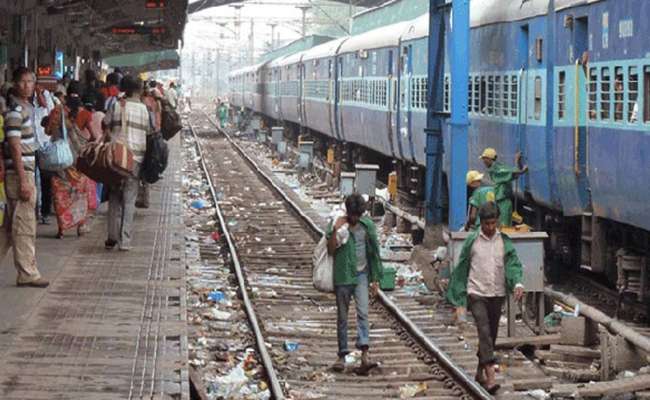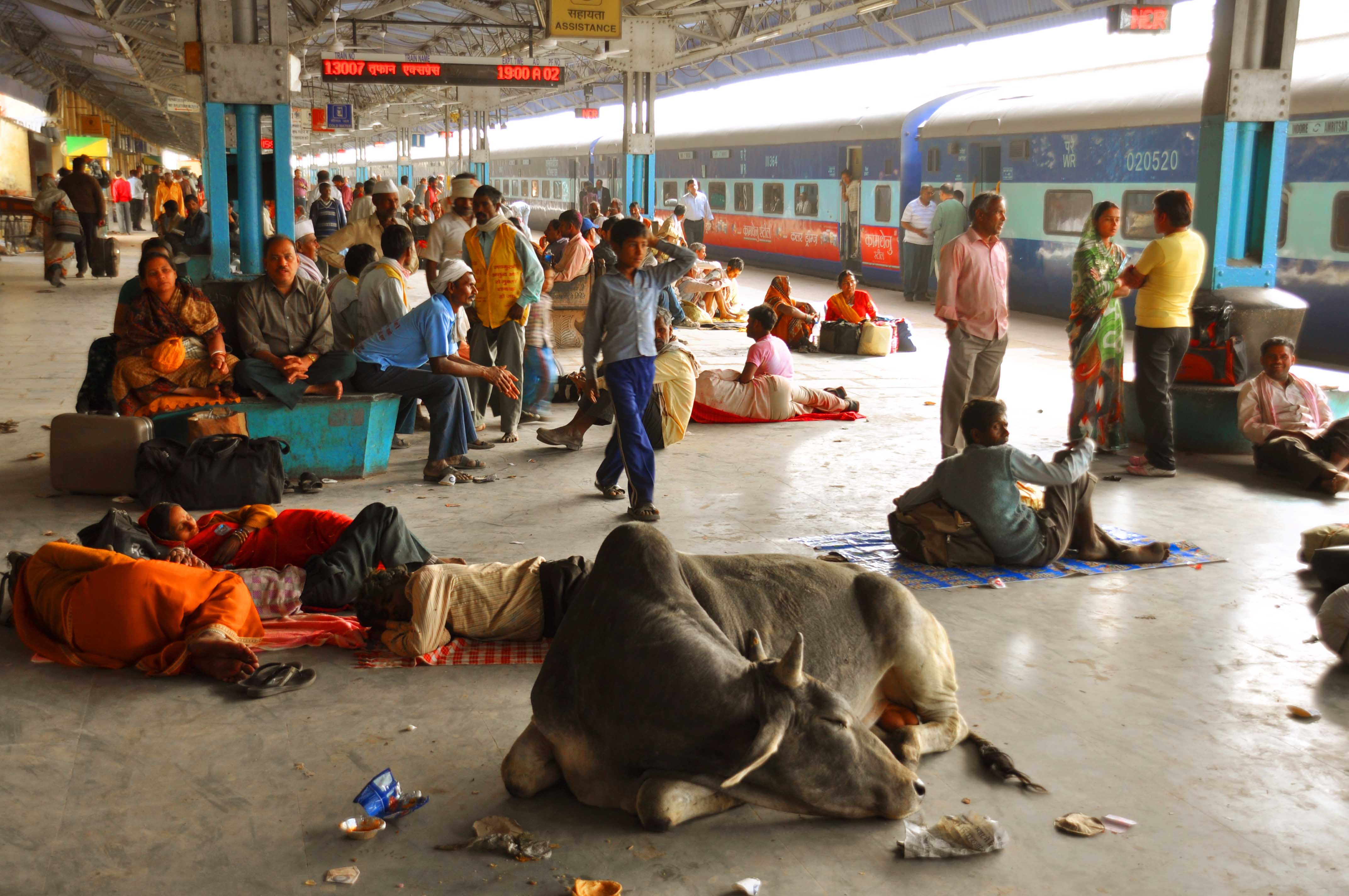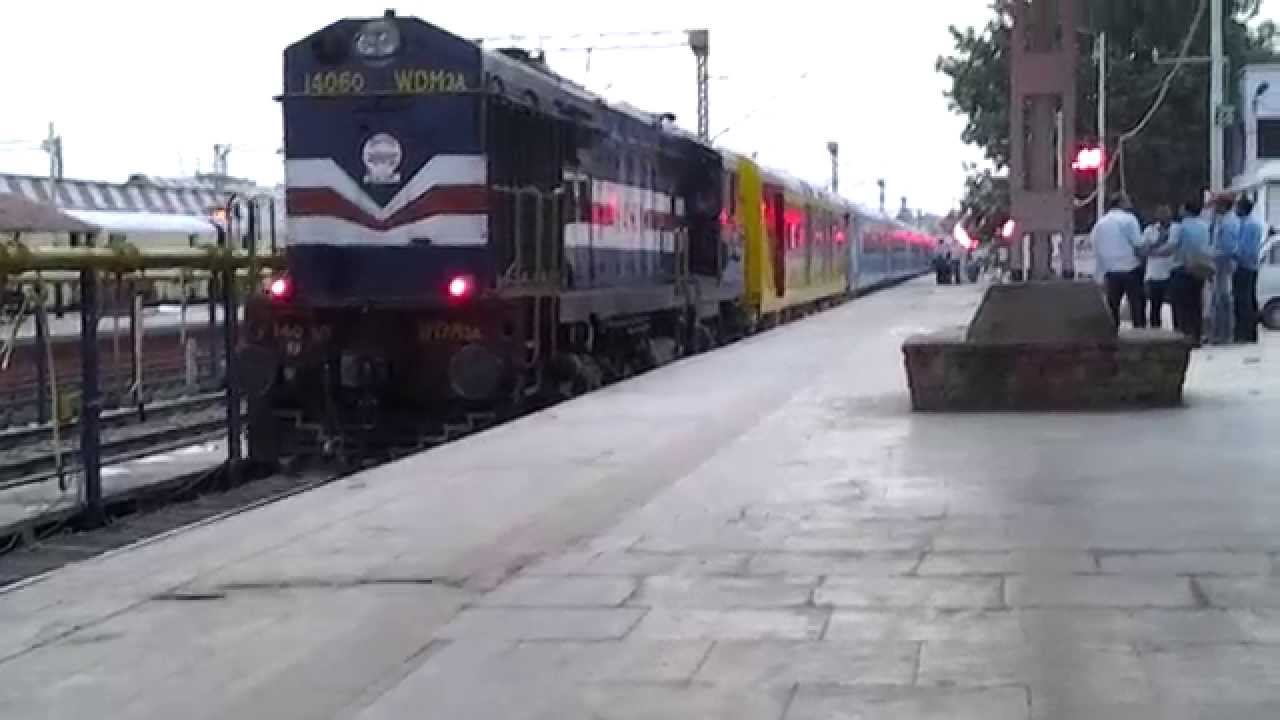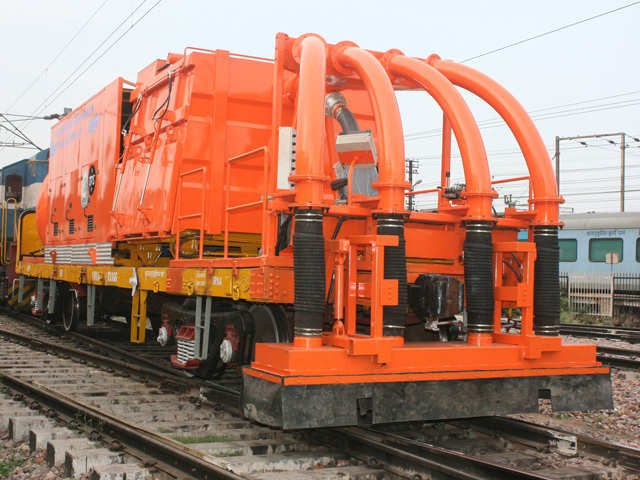China dominates batteries. Every body and grand ma knows that. No need to beat your chest
It is not just about batteries when it comes to the production of EVs. It is also about REEs which are used to make the metals, alloys and magnets for EVs(and other electronic products).
Rare earth elements: the global battle for precious metals
By Paul Dempsey
Published Wednesday, March 14, 2018
Some analysts believe rare earth elements could be ‘the new gold’ and prices are soaring, but the supply chain remains complex and troubled.
The market for rare earth elements (REEs) is set for massive expansion, with optimistic but feasible forecasts pointing to a doubling in global demand by as soon as 2020. But as that process gathers pace, there is a looming threat that there will be winners and losers – and that the West is already finding itself on the wrong side of the line.
The REEs comprise 17 elements that have long been in electronic products and a range of more traditional applications (see box). This latest growth wave, though, is driven by their use in clean energy applications. These are set to require a huge increase in the extraction and refining of two in particular, neodymium and praseodymium (abbreviated to NdPr in the mining industry).
NdPr is shipped in oxide form for use in making the lightweight neodymium-iron-boron (NdFeB) permanent magnets inside high-efficiency motors and turbines. A third REE, dysprosium, is added to magnets for motors that operate at high temperatures.
As you might have guessed, the most eye-catching of the emerging markets for such technology is electric vehicles (EVs), although wind power is seen as a significant secondary sector.
However, the inevitable excitement around REEs as an enabler is tempered by concerns about the supply chain.
WHAT ARE RARE EARTH ELEMENTS?
Factfile
The rare earth elements are a group of 17 metallic elements used extensively in high-technology products and in markets such as catalytic converters, speciality glasses and even stainless steel.
The main block comprises the 15 lanthanides: cerium (Ce), dysprosium (Dy), erbium (Er), europium (Eu), gadolinium (Gd), holmium (Ho), lanthanum (La), lutetium (Lu), neodymium (Nd), praseodymium (Pr), promethium (Pm), samarium (Sm), terbium (Tb), thulium (Tm), ytterbium (Yb).
The other two are scandium (Sc) and yttrium (Y). These are included in the wider REE category because they share many properties with the lanthanides and frequently occur alongside them in raw deposits.
The REEs currently seen as most significant to the market’s development are neodymium, praseodymium, and dysprosium. The first two are used in the production of lightweight permanent magnets for use in motors and turbines. The third allows such devices to operate at high temperatures.
Increasing demand is driven by both projected volumes and innovation, particularly in electric vehicles (EVs) and wind turbines.
REE-based magnets are based on the incorporation of NdPr oxide in neodymium-iron-boron (NdFeB) permanent magnets. These are already extensively used in road vehicles at a weight of 0.25kg for less demanding functions such as windscreen wipers, window lifters, coolant pumps and HVAC systems. For electric vehicles, the magnet weight is 2kg and above for heavy-duty functions such as the powertrain, power steering and automated braking systems.
The windfarm market is also set to see a significant increase in the size of NdPr-based magnets as it moves from gear-based (100kg magnet per MW output) to more efficient direct-drive (600kg magnet per MW output) turbines.
Meanwhile, the EV market is being fuelled by Chinese state direction, where sales are already running at twice the rate in the US. Beijing recently sought to mandate that EVs account for 8 per cent of all domestic car sales by 2020, although local and foreign OEMs are lobbying the government that the target is too ambitious. Compliance would assume annual sales of approximately 2.5 million EVs by the target date.
In that context, carmakers are also worried by rising costs for components, including those based on REEs where spot prices have risen in the last year towards $60/kg from a traditional level in the upper-30s.
The main producer and exporter of REEs is China, largely from mines around the Bayan Obo district of Inner Mongolia. Officially licensed Chinese mines accounted for 83 per cent (95,000 tonnes) of global REE extraction in 2016, according to the US Geological Survey. However, undocumented wildcatting is thought to have lifted the country’s share closer to or even beyond 90 per cent.
At the same time, China was already the world’s largest REE consumer at 67 per cent, but its demand is now mushrooming.
The Middle Kingdom’s commitment to the Paris Agreement on climate change – and demands from its population that the government do more to combat domestic pollution – mean that Beijing has mandated heavy investment in EVs both for private cars and public transport (and in that second category, it is worth noting that China has 102 cities with populations over one million).
In late 2016, research company Adamas Intelligence floated the possibility that China’s local needs could turn it into an importer of NdPr by 2025. However, Ryan Castilloux, Adamas’ founder, now believes that could happen a good deal sooner.
“China has been actively importing monazite [an REE-bearing ore] and other mineral concentrates from abroad to support strong demand growth while minimising domestic resource depletion,” he says. “We now believe the nation may in fact become a net importer of NdPr by somewhere around 2020.”
The latest data from the Association of China Rare Earth Industry, the main local trade representative, supports this view. It anticipates a 50 per cent increase in local demand by 2023. Then add in the fact that despite its dominance in supply, China is thought to contain less than a third of the world’s REE deposits. It could therefore need to adjust (i.e. cut) national mining quotas to protect its reserves.
All this raises the prospect of a capacity crunch, particularly for China’s REE clients in Japan, the US, the EU and elsewhere. A complicating factor here is that until recently the REE mining industry outside China was in big trouble.
Between 2014 and 2016, prices tumbled by more than a third amid accusations that China was flooding the market. The charge was denied but a slump is a slump and there were consequences.
CHINA EYES AFRICAN RESOURCES
Africa
Africa has been tipped as a major source of rare earth elements. However, apart from the Gakara mine in Burundi, virtually no extra production has come on stream since the beginning of the decade.
Potentially large deposits have been found in South Africa, Mozambique, Kenya, Zambia and Malawi. Moreover, residues from other mining projects are rich in the monazite ore from which REEs can be extracted.
Three reasons are given why there has been more talk than action. The mid-decade collapses in REE prices and of Molycorp led investors to shelve plans fuelled by the first wave of growth in smartphones. Some scepticism remains despite a recent price spike and high hopes for the EV market.
The second factor is that REEs set a high capex barrier to entry. At Gakara, Rainbow is restarting a mothballed mine. Starting from scratch is more expensive and takes longer.
The third factor is geopolitical. China has invested heavily in ‘soft power’ across Africa, funding and building infrastructure in return for pole position over access to resources. A good few western investors therefore feel more comfortable looking elsewhere.
The only integrated mining-and-refining operation in the US, Molycorp at Mountain Pass in California, was forced into Chapter 11 bankruptcy. It had at one point been the world’s primary source of REEs.
The other significant non-Chinese producer, Australia’s Lynas with an NdPr-rich mine at Mount Weld in Western Australia, escaped a similar fate thanks only to a last-minute debt relief package.
Even China suffered. The government had to force its six largest REE producers to consolidate and launched a still-ongoing crackdown on illegal mining.
To maintain some consistency in the supply chain, Castilloux reckons that a new REE mine, each one preferably rich in NdPr and dysprosium, needs to be brought on stream every year between now and 2025.
Most REEs are not rare at all. Cerium is about as abundant as copper. Their rarity lies in finding concentrations that are economically viable to mine.
During the price slump, there was little interest in researching new deposits or reactivating old ones. But with NdPr nudging $60/kg today against a low of $29/kg, that has begun to change.
Late last year, Rainbow Rare Earths announced the first 25t shipment of REE concentrate from its Gakara mine in Burundi. Gakara originally closed in 1978 after 30 years of operation. Rainbow was able to reopen the mine thanks to a successful £8m IPO in January 2017 on the London Stock Exchange. According to CEO Martin Eales, it plans to ramp output to 5,000 tonnes a year by the end of 2018.
A still more ambitious project is under way in Greenland. Its promoter, Greenland Minerals & Energy, also secured a stock market listing last year, in that case in Sydney. It aims ultimately to extract and process three million tonnes from its Kvanefjeld deposit. That project remains for now in its exploration phase although it has delivered promising results, including a concentrate grade at the site of more than 23 per cent rare earth oxide.
There is also a strong possibility that the US Mountain Pass site could be taken out of mothballs, at least to process ore that has already been extracted. It was purchased for $20m by the MP Mine Operations consortium in July 2017.
So, it looks as though steps are being taken to alleviate a worldwide shortage. But there is a catch. Aware of its own looming issues, China is (or is thought to be) a significant player in all three of these ventures as well.
At Mountain Pass and Kavnefjeld, REE specialist Shenghe Resources Holding is a direct investor; at Gakara, Rainbow has contracted with German conglomerate Thyssenkrupp to sell on its output, though the end customers are again thought to come from the Middle Kingdom.
Japan is the only other national player aggressively looking to guarantee significant REE mining sources right now. Its efforts are led by the state-owned Japan, Oil, Gas and Metals National Corporation (Jogmec). It has a specific remit to secure supply chains for major national industries such as electronics and automotive.
It was Jogmec that, in conjunction with private lender Sojitz, set up the rescue package for Australia’s Lynas, securing outpout from now the only integrated REE supplier outside China (it has a Malaysian processing facility in addition to Mount Weld). The deal followed a 2011 Jogmec-led $250m debt-and-equity package for Lynas that contracted the mining company to supply Japanese industry with 8,500 tonnes a year of REEs until 2021 (approximately 30 per cent of Japan’s overall requirements).
Jogmec also has partnerships in Brazil, Canada and Kazakhstan to evaluate REE deposits.
That Japan is the most active respondent to China’s expansion in REEs is hardly surprising. Its moves reflect the country’s long-standing fear of being too dependent on China for raw materials, given historic tensions between the two countries. Japan has also been hit hard quite recently by a Chinese cut in output. In 2010, Beijing slashed export quotas in an earlier move justified by environmental concerns and reserves replenishment (a move that had ultimately to be resolved at the World Trade Organisation).
But notwithstanding remarkable inactivity from Europe and America during this latest geopolitical battle for raw materials, other REE supply chain issues exist. It isn’t just about the mines.
“Personally, I think REEs are the greatest blind spot in the EV metals and technology supply chain,” says Adamas’ Castilloux. For him, securing ore is only part of the challenge in managing China’s current and potentially increasing control over the REE supply chain.
“The US, Europe, Canada, and others, I believe, are continuously approaching the multi-faceted problem of REE supply security with a single-faceted solution.
“It’s not enough to support, incentivise, or invest in development of new mines or REE oxide supply sources alone. What’s key is coupling the aforementioned with support, incentives, and investments in the critical value-adding infrastructure that turns REE oxides into the metals, alloys, magnets and other specialty products used by the Western industry and defence complex.”
Castilloux’s point is borne out when you remember that Lynas is the only non-Chinese integrated player in REEs today. Meanwhile, at the potentially huge Kvanefjeld project, Shenghe will also supply most of the processing know-how. Otherwise, once you have your REEs, you will probably still need a Chinese partner to have them made ready for use in end products, although some independent refineries are active.
There are signs that others are slowly acknowledging the broader problem. Acting on it, though, seems more difficult.
Last May, the US Congress heard that the Department of Defense alone requires more than 700 tonnes of REEs every year. They have historically been used in a lot of military equipment. The then CIA director Mike Pompeo (now Secretary for State, replacing Rex Tillerson in President Trump’s revolving-door approach to government appointments) told senators that his agency views current trends in the supply chain as “a very real concern” – yet Mountain Pass’s sale to a Chinese-backed consortium, along with its refining capacity, was approved only two months later.
Meanwhile, the EU remains wary of Shenghe’s role in Greenland, even though the company is only a minority shareholder.
Brussels tried to develop a stimulus package for integrated production there in 2012, largely to keep the REE source out of Chinese hands, but once prices entered the doldrums, European investors failed to materialise. Greenland’s position now is that its Chinese partners are helping it achieve economic growth where its neighbours would not.
At the same time, governments face environmental obstacles should they seek to set up REE sites at home. The elements are vital to clean energy, but their mining and processing attract controversy like a magnet.
Viable deposits tend to occur alongside radioactive elements such as uranium and thorium. Residents near proposed or existing open-cast mines therefore often raise objections about possible contamination of the surrounding land. Then, processing involves a range of acids and solvents, leading to fears about water quality.
Mountain Pass suffered serious wastewater leaks in the 1980s and 1990s. Lynas publishes frequent safety reports, but continues to face significant local opposition to its Malaysian processing plan. Against this backdrop, China’s historically more liberal attitude towards REE site approval fuelled a good part of its growth to market dominance.
Everyone would like an EV on their drive, they just don’t want any REE processing waste in the backyard. Yet it does look as though industry and civil society will have to reach some kind of common ground. Because one final point that needs to be made about today’s REE market is that while the surge may be directly driven by products such as EVs and wind power, behind all that there are legislative force and national commitments.
“I see the government-led initiatives (i.e. The Paris Agreement) as the horse pulling the company-led initiatives,” says Castilloux.
REEs make clean-energy products much more efficient. Lighter magnets make for lower power consumption in cars and, when used in direct-drive rather than gear-based turbines, higher power output from wind. Thus, they help governments deliver on targets in various areas that aim to keep the global temperature rise below 2°C.
China, as a command economy, is already ploughing harder and faster down that road than anyone else. Its demand will increase, driven by the Beijing authorities.
Now that could still be good for Mother Earth, but economically it is also, to borrow a phrase, still about winning and losing. EVs are seen as a vital industrial battleground of the coming years.
At the same time, it can be argued that China’s position may already be beyond challenge. In REEs, it has the volumes to control the price and their mining, it has the know-how and capacity for refining them, and it has by far the most dynamic markets for their emerging end-uses.
That is, to borrow another phrase, an inconvenient truth.
WHO NEEDS RARE EARTHS ANYWAY?
Alternatives
Japan’s long uneasy relationship with China is well illustrated by its attitude to rare earth elements (REE). Prime Minister Shinzo Abe’s government has been actively seeking alternative global sources throughout his tenure. But in the meantime, Japanese industry has also put its mind to finding alternative materials.
The first project to bear fruit was a joint venture between carmaker Honda and steelmaker Daido, announced in July 2016.
Magnets in Honda’s i-DCD powertrain engine still include the ‘light’ neodymium-led REEs, but use a production method that obviates the need for ‘heavy’ dysprosium. Dysprosium is usually added to magnets in motors that need to operate at very high temperatures, but Honda says its new manufacturing technique achieves even greater heat resistance without the material.
The ‘heavy-REE-free’ i-DCDs were introduced on Freed minivans in Japan two years ago and now also feature on its Jazz hybrid vehicles sold in Malaysia.
As of now, however, most scientists think the prospects for replacing neodymium are less immediately promising.
https://eandt.theiet.org/content/ar...ements-the-global-battle-for-precious-metals/

















You want me to give you a biscut ?
















